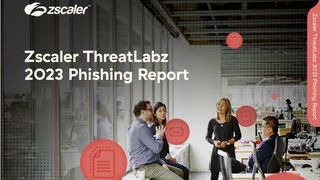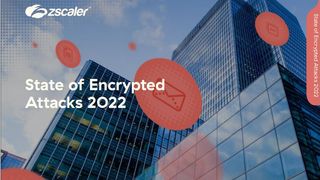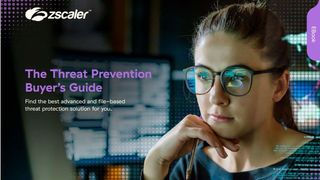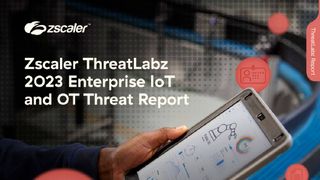Google's big red button should stop AI becoming too powerful
DeepMind develops 'way of stopping robots from ruling humanity'

Google researchers have developed a "big red button" in an attempt to stop any AI from becoming intelligent enough to rule over the human race.
London AI research lab DeepMind, acquired by Google in 2014, has joined forces with the University of Oxford in a bid to stop robots dominating humanity.
The findings were revealed in a paper called "Safely Interruptible Agents" and published on the Machine Intelligence Research Institute (MIRI)'s website, explaining AI agents are "unlikely to behave optimally all the time."
"If such an agent is operating in real-time under human supervision, now and then it may be necessary for a human operator to press the big red button to prevent the agent from continuing a harmful sequence of actions harmful either for the agent or for the environment and lead the agent into a safer situation."
As a result of this research, the organisations have created a framework that means a human operator can safely interrupt AI, while simultaneously ensuring it won't backfire and the AI machine won't learn how humans can intercept.
It will do this by fooling the artificial intelligence agent into shutting down, leading it to believe it will get an award by doing so. However, only some algorithms can be safely intercepted, while others can't be, and this is the next stage of research DeepMind will investigate.
"Safe interruptibility can be useful to take control of a robot that is misbehaving and may lead to irreversible consequences, or to take it out of a delicate situation, or even to temporarily use it to achieve a task it did not learn to perform or would not normally receive rewards for this," the report explained.
Get the ITPro. daily newsletter
Receive our latest news, industry updates, featured resources and more. Sign up today to receive our FREE report on AI cyber crime & security - newly updated for 2024.
However, the company didn't include information about when it expects the 'big red button' will need to be pushed.

Clare is the founder of Blue Cactus Digital, a digital marketing company that helps ethical and sustainability-focused businesses grow their customer base.
Prior to becoming a marketer, Clare was a journalist, working at a range of mobile device-focused outlets including Know Your Mobile before moving into freelance life.
As a freelance writer, she drew on her expertise in mobility to write features and guides for ITPro, as well as regularly writing news stories on a wide range of topics.




